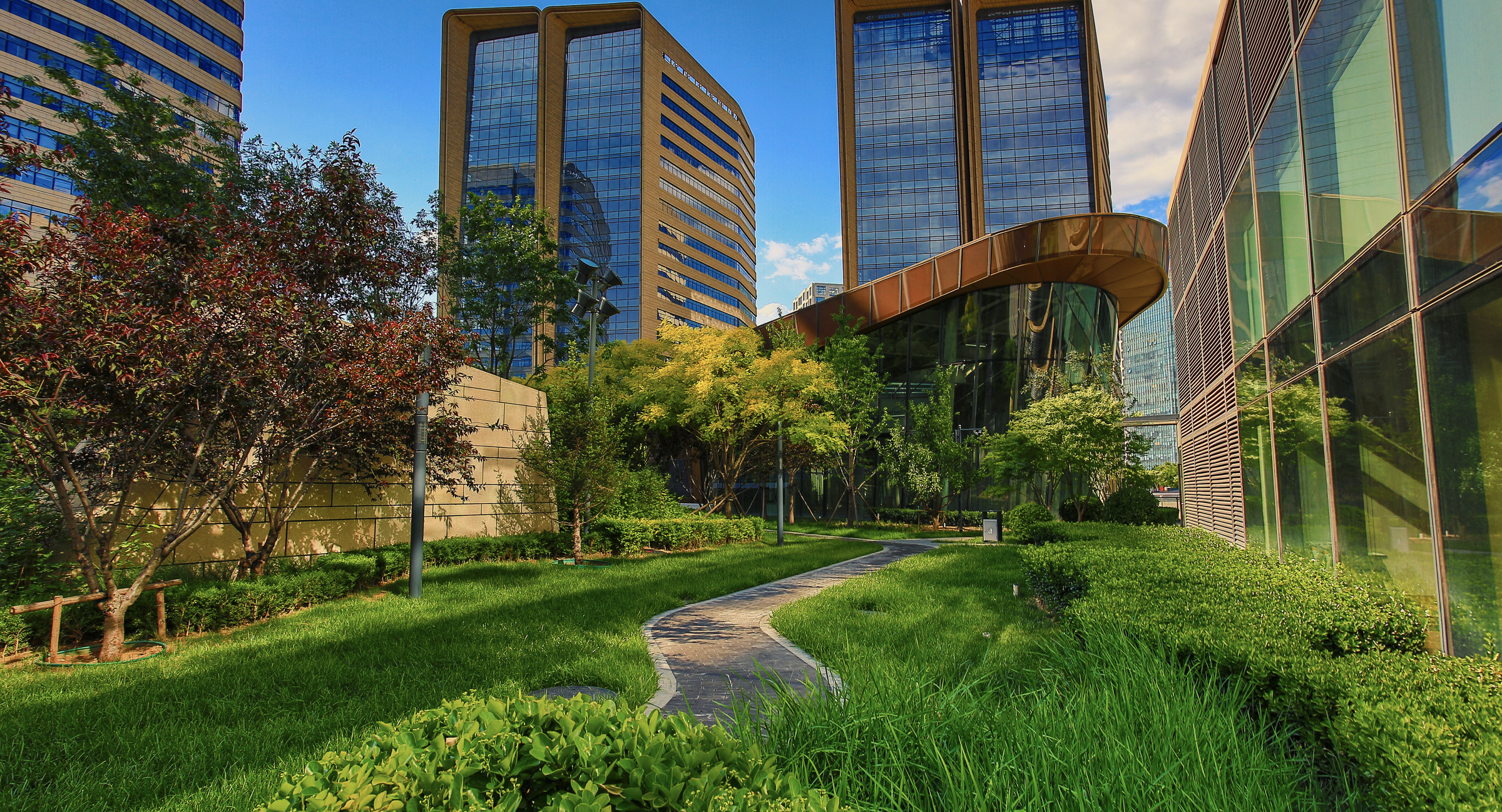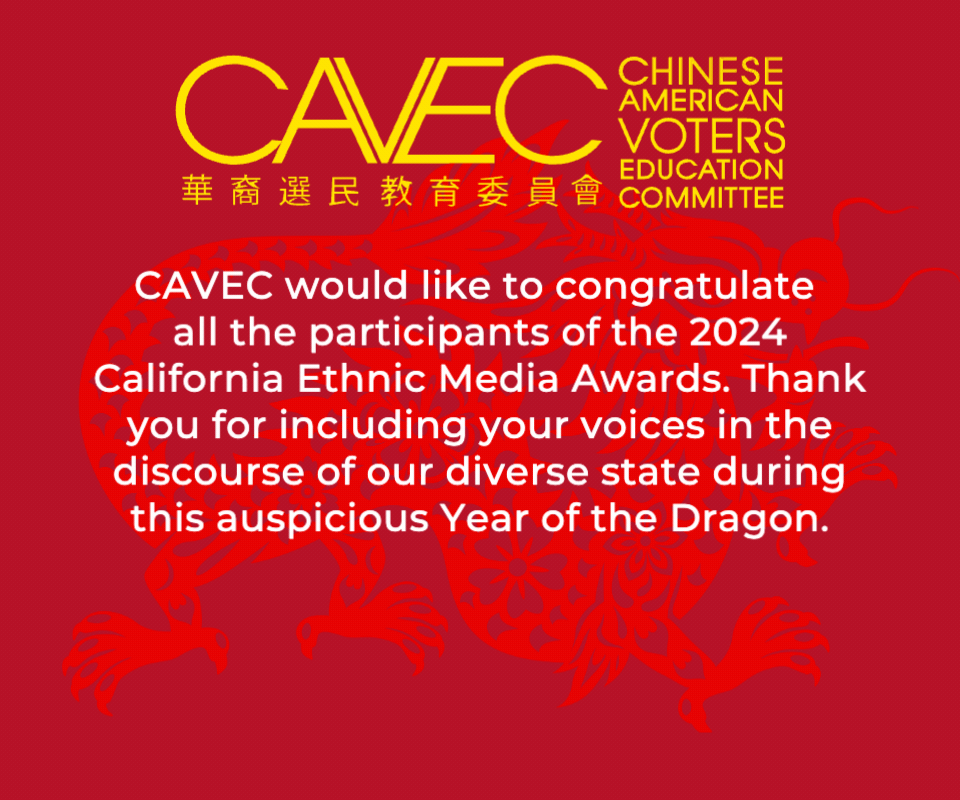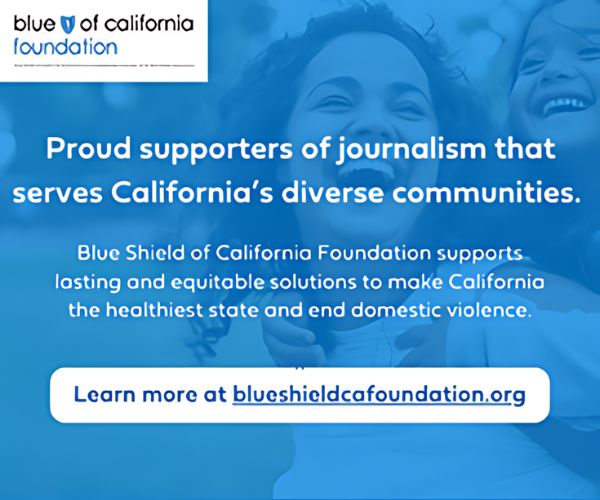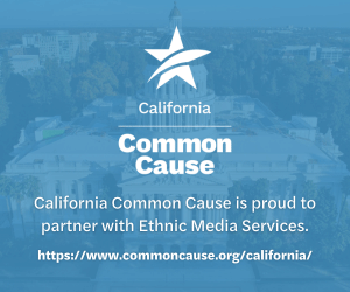Veronica Wood | Indigenous Network
Los Angeles County’s original stewards were the Tongva, the Chumash, the Tataviam, and the Acjachemen.
Today the area is known for its sprawling urban landscapes — completely different from its earlier natural form. With urbanization, this area which has originally been a desert faces climate challenges including urban heat islands and environmental degradation. As the region grapples with these issues, Indigenous peoples’ relationship with nature offers a unique path toward environmental restoratiion.
Indigenous naturalists like Enrique Salmón, author of the book “Iwigara: American Indian Ethnobotanical Traditions and Science”, emphasize the concept of kincentric ecology, viewing the Earth and its ecosystems as family members. This perspective is not merely a philosophical stance, but a practical guide to living sustainably.
For Los Angeles, embracing this worldview means recognizing that the green spaces within the county are more than recreational areas; they are living entities that contribute to the overall health of the community.
By incorporating Indigenous practices, such as the careful selection of native plants that are well-adapted to the local climate, Los Angeles can create resilient green spaces. These plants require less water, resist drought, and offer habitats for local wildlife.
Traditional Indigenous knowledge emphasizes planting in ways that mimic natural ecosystems, which can help the county reduce water usage while still expanding its green coverage.
Elizabeth Cameron, Development and Operations Developer of the nonprofit Sacred Places Institutes of Indigenous Peoples, said that they are working to ‘create paradigm shifts that support environmentally and socially just systems and assure the continuation of Indigenous cultures and peoples.’
The Kashia Band of Pomo Indians has been involved in the restoration of coastal wetlands in Sonoma County, using traditional knowledge to enhance habitat for endangered species and improve water quality. The Yurok Tribe has undertaken extensive forest management and river restoration projects in Northern California, working to restore salmon habitats and improve forest health through sustainable practices.
Sacred Places believes that by working together with Native Peoples, they can integrate traditional ecological knowledge (TEK) into urban planning processes. This would ensure that projects respect and incorporate Indigenous perspectives.
The first peoples to the land and the current government can become allies, together respecting and honoring traditional knowledge while combating climate change.
This story was produced by Ethnic Media Services in collaboration with the Laboratory for Environmental Narrative Strategies (LENS) at UCLA as part of the Greening American Cities initiative supported by the Bezos Earth Fund.
Veronica Wood wrote this fellowship story for Indigenous Network, a California-based nonprofit dedicated to Indigenous journalism, particularly for revealing the historical connections that exist between Black and Indian cultures.
“Indigenous Wisdom Consulting: A Path for LA County to Embrace Nature” discusses green spaces in LA — originally stewarded by the Indigenous Tongva, the Chumash, the Tataviam, and the Acjachemen — through the Indigenous naturalist view of these spaces as not only recreational areas, but living entities that contribute to the overall health of the community.
Describing the personal significance of her work, Wood said “I was personally raised right next to a forest, and feel I can find my center there. I couldn’t imagine being raised without access to the green spaces. It is where I draw strength, healing, and connect to ancestors – and for native people on native land, that is an essential part of culture.”












